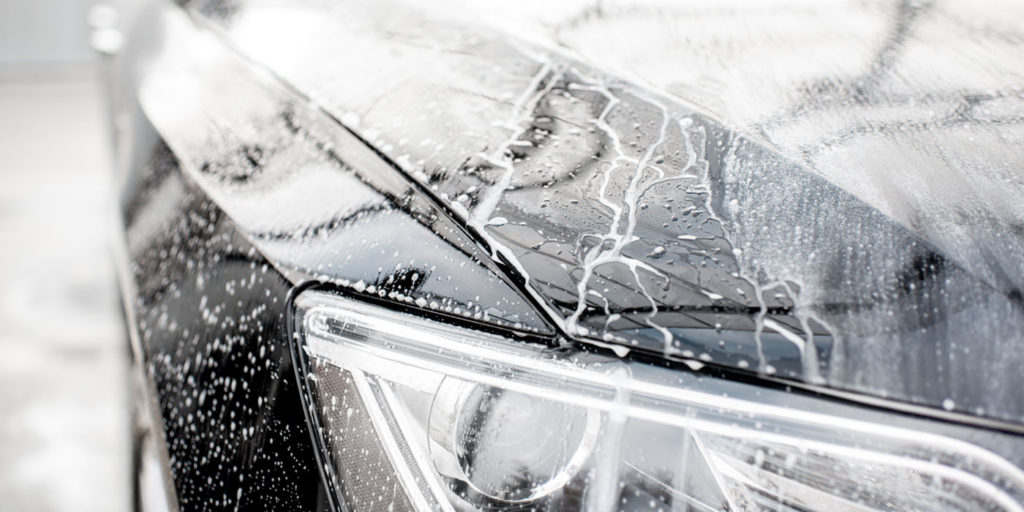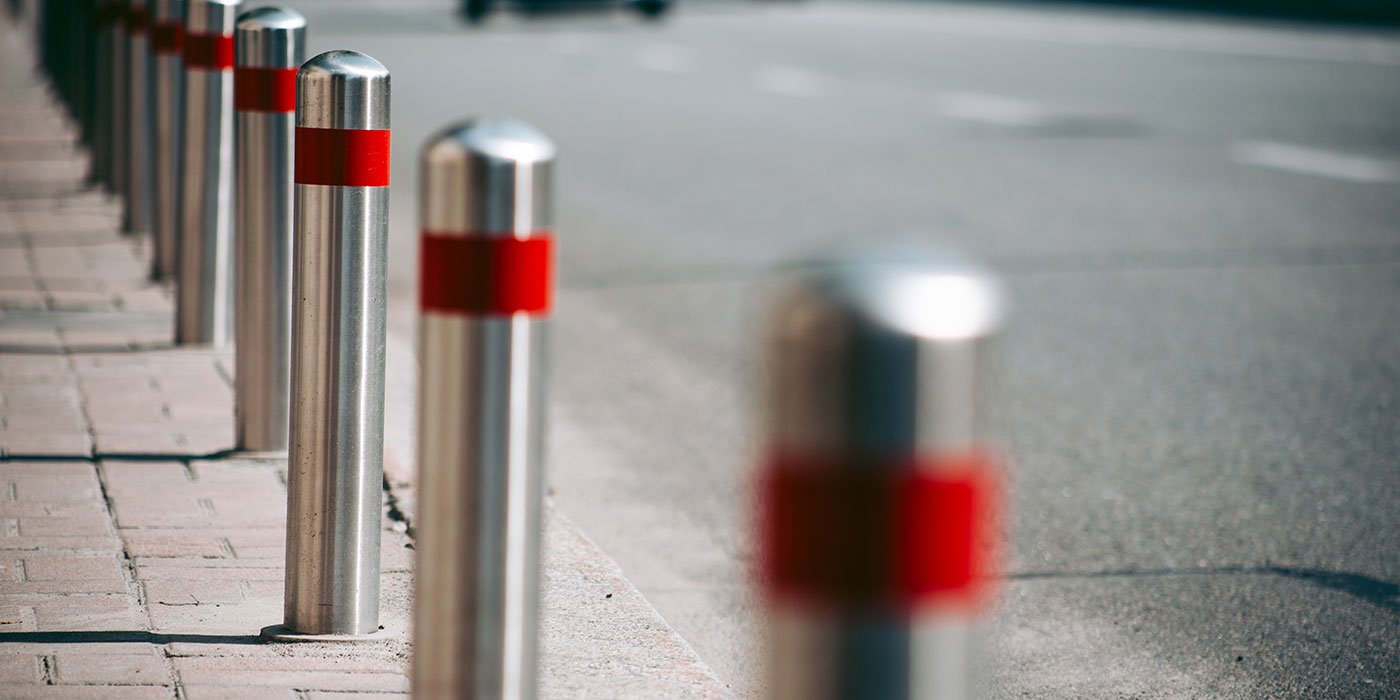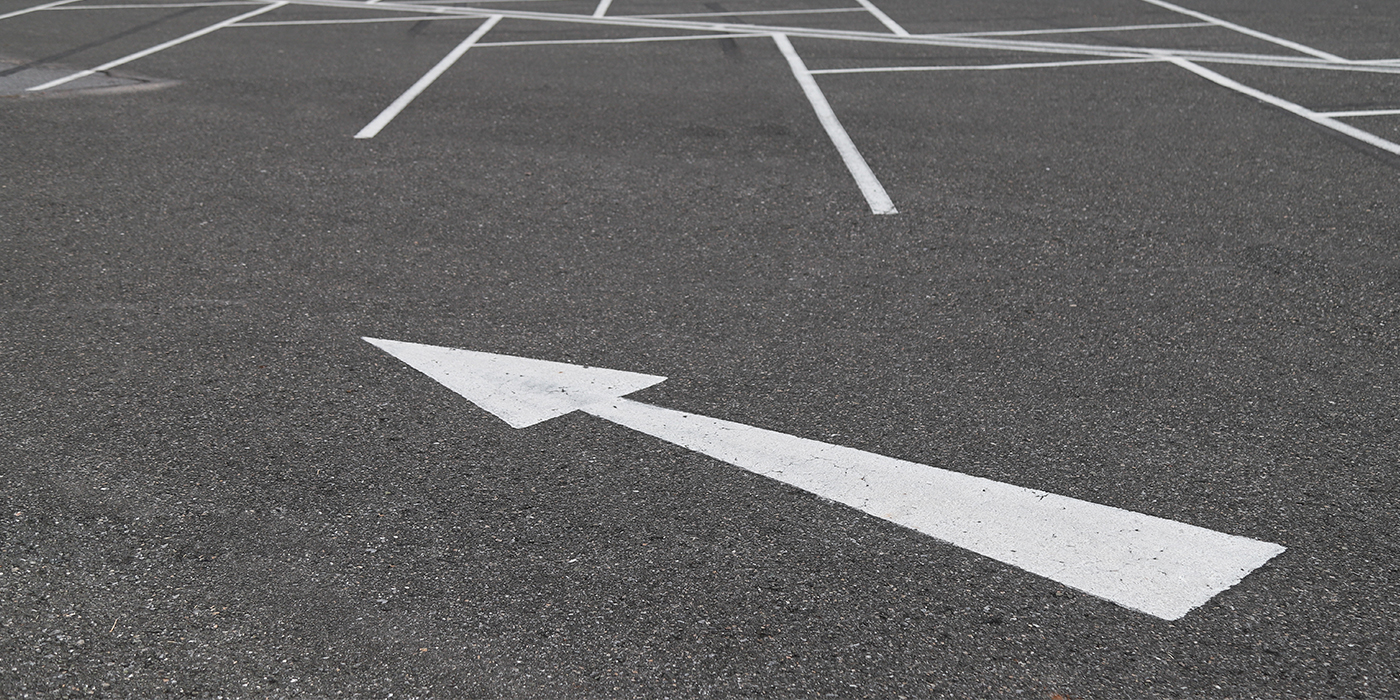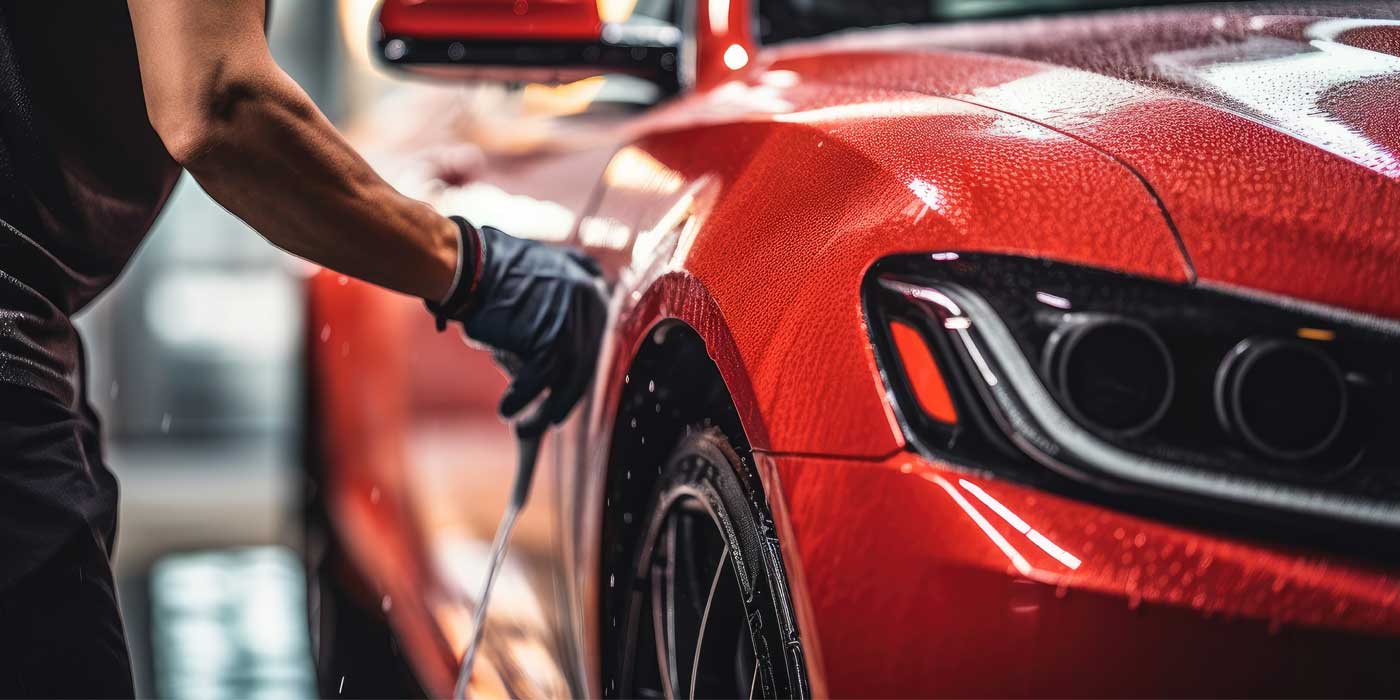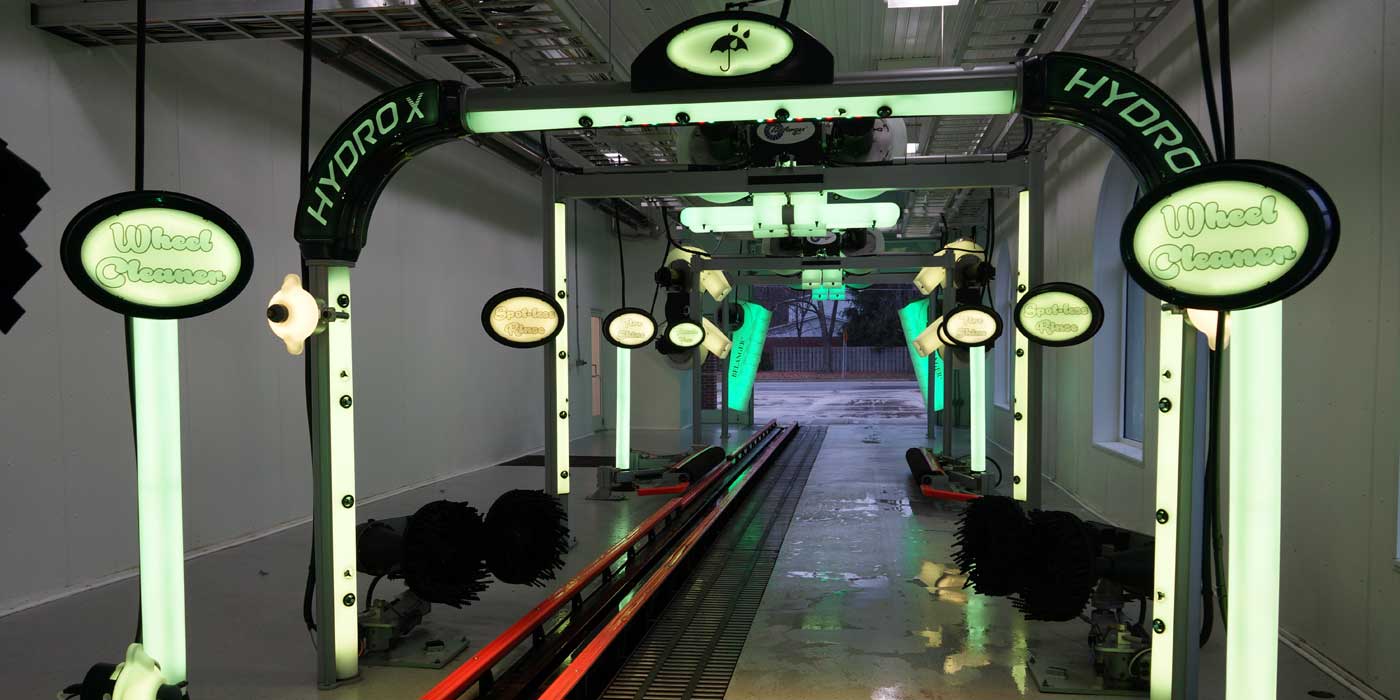Taking care of a car is an important goal for a lot of car owners. They want to be able to drive their cars around with pride, and this requires that they look their best. To do this, there are two primary options they can use: carwashing and detailing. Below we’ll explain the difference between the two methods, including the benefits you can receive from each and when to use either one.
What is detailing?
Detailing is an advanced process designed to make your car look as good as possible. According to Onsite Detail in St. George, Utah, “Auto detailing is taking care of a vehicle through regular cleaning maintenance and protection to maintain as close to original condition as possible or even improving it to ‘better than new.’ It is most often referred to as an in-depth, thorough cleaning and/or restoration of a car, truck, van or SUV to achieve a high-quality cleanliness and protection.”
The biggest benefit of car detailing is that it can make a car look new again and protect the paint color at its current level. In addition, interior detailing services can extend the life of the interior of a car, which typically receives a lot of wear.
However, car detailing is typically more time-consuming and expensive in comparison to a carwash. Customers will likely use car detailing less than washing, such as after their cars have received some damage or when they want them to look especially nice. Many detailing experts recommend that a car gets detailed every four to six months or so.
What is a carwash?
Carwashing is simpler than detailing. It includes washing the outside of the vehicle to remove dirt and other debris. It can also include cleaning the inside of the car by doing things like vacuuming the seats and the floors.
Most car owners will get their cars washed more often than detailed. This is because a carwash can be completed in just a matter of minutes and it is significantly less expensive. Washing a car more often will also help to protect it against weather elements and from wearing down inside so that it won’t need detailing as often. While there is no recommended amount of time one should go between carwashes, if customers want to keep their cars looking their best, they should probably wash their cars every few weeks at least.
Going to a drive-through carwash is typically quicker. Some allow customers to remain in the car while it is cleaned, while with others one just needs to wait inside the carwash for a few minutes. After just a few minutes, the car has been washed, dried and vacuumed out, leaving it looking a lot better. Many places will even provide undercarriage washing, which can help protect a car from things like road salt.
Which one should you recommend?
Which service you recommend will depend on what the customer is trying to accomplish. If the customer is simply trying to take good care of the car and wants it to look a little better, you can probably recommend a carwash. On the other hand, if the car is starting to look a little worn down and needs a little extra work to make it look like new again, then you’ll probably want to recommend detailing. You should also consider how much the customer is willing to spend and how much time he or she has available.
Carwashing vs. detailing
Knowing the difference between carwashing and detailing can help you to take proper care of customers’ cars. You will know which one you need to recommend and how often customers should get either option. This will help their cars look great and last longer, making for a more enjoyable drive and keeping the value within the car.
Simon Leggett is a mechanical engineer. He has been analyzing the auto industry for over 10 years. He helps in the integration and development of forecast-orientated automotive data to the electronic product portfolio.

